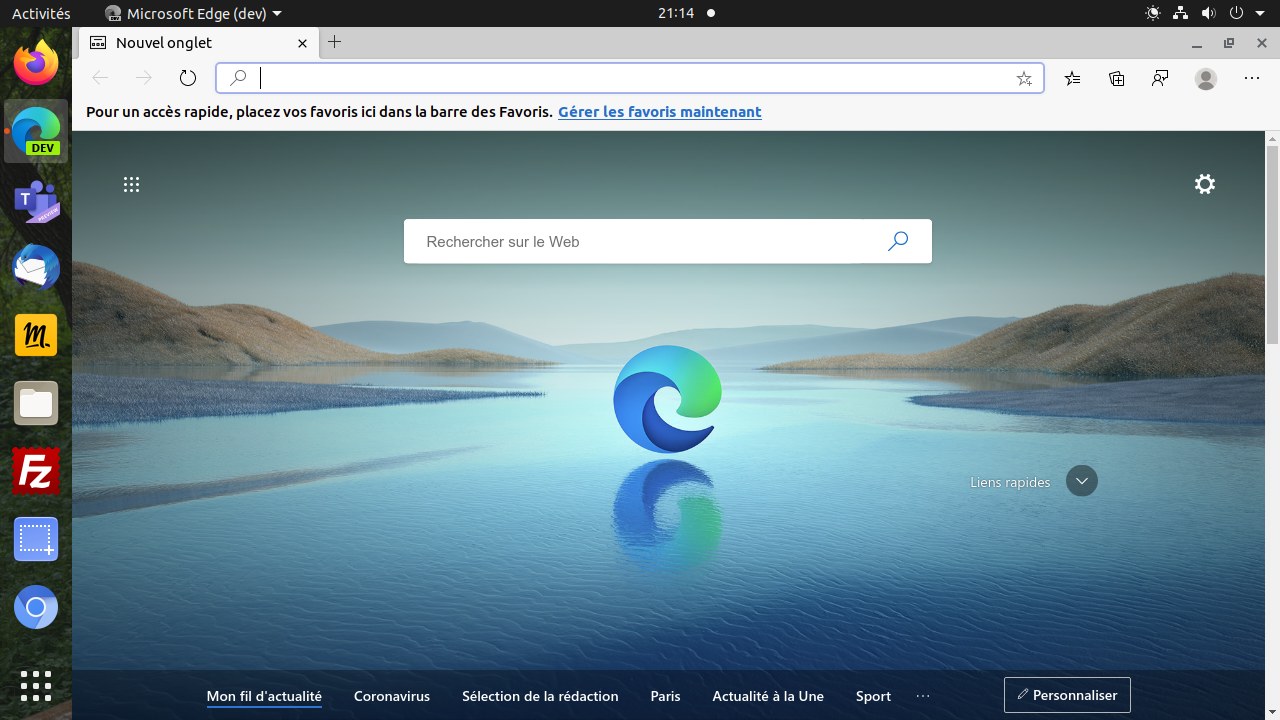

This allows peer edges which know the edge socket toĬontinue p2p operation without going back to the supernode.īinds the edge management system to the given UDP port. Useful for keeping the same external socket across restarts of edge. Up to 2 supernodes can be specified by two invocations of -l. Sets the n2n supernode IP address and port to register to. The -k and -K options are mutually exclusive. Nor -K is used to specify a key source then edge uses cleartext mode (no encryption). Accurate time synchronisation is not required as older keys can be decoded for some time after expiry. Pre-determined times for a group of hosts. Reads a key-schedule file and populates the internal transform operations with the data found there.

Neither -k nor -K is used to specify a key source then edge uses cleartext mode (no encryption). All edges communicating must use the same key and community name. Sets the twofish encryption key from ASCII text (see also N2N_KEY in ENVIRONMENT). Name smaller than this is padded with 0x00 bytes and a name longer than this is truncated to take the first 16 bytes.

All edges within the same community appear on the same LAN (layer 2 network segment). This can cause reliability problemsīecause all packet processing stops while the supernode address is resolved which might take 15 seconds. If DHCP is used to assign interface addresses then specify the address as -a dhcp:0.0.0.0 -bĬause edge to perform hostname resolution for the supernode address each time the supernode is periodically contacted. only the last octet of the IP addresses varies). All IP addresses in an n2n community typical belong to the same /24 Sets the n2n virtual LAN IP address being claimed. Sets the TAP device name as seen in ifconfig. On startup n2n creates the TAP interface and configures it then registers with the supernode so it can begin to find Edge is the edge node daemon for n2n which creates a TAP


 0 kommentar(er)
0 kommentar(er)
